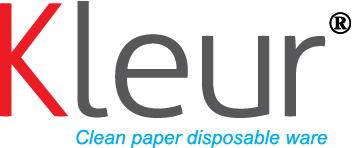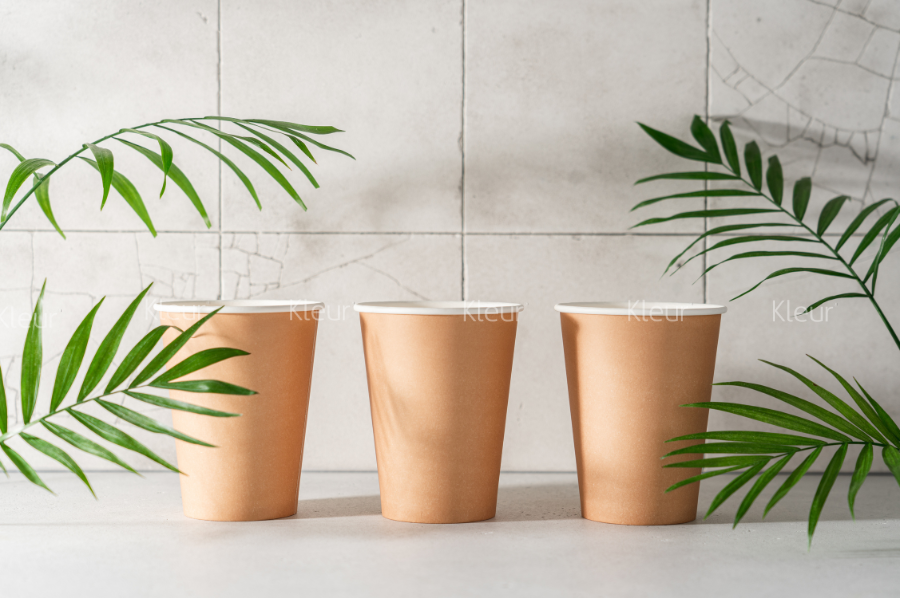Paper cups often have the lowest carbon footprint, and recycling lowers it further by 54%, according to a new study.
Huhtamaki has participated in the life-cycle analysis study that surveyed the full carbon footprint of different types of cups used for coffee, with dishwashing energy adding to carbon footprint..
This life-cycle analysis (LCA) on paper cups was carried out in 2018-2019 by VTT Technical Research Centre of Finland Ltd. It was commissioned by Huhtamaki and the Finnish paperboard manufacturer Stora Enso.
Richard Ali, sustainability director for Huhtamaki Foodservice Europe-Asia-Oceania, said: “In many everyday uses, paper cups have the lowest carbon footprint, and they offer better food safety – they are always hygienic. Overall, the carbon footprint of a paper cup is small compared to the food itself. For example, for a take-away latte, paper cup accounts only for 4% of the climate impact. The remaining 96 % is coffee and milk production and the energy of making the drink.”
The study focused on two main scenarios: paper cups used either in a café or taken as a coffee-to-go.
In the café scenario paper cups were compared to ceramic cups, and in the coffee-to-go scenario paper cups were compared to cups made of reusable plastic and steel.
If the paper cup is recycled, or if 80% of the material will be recycled after use, paper cups are always the better option from a climate change point of view.
In addition, the efficiency or inefficiency of washing a ceramic cup is not only a matter of climate impact but an overall food safety and hygiene concern.
In the coffee-to-go scenario, the paper cups were studied with a plastic lid which secures the drink and prevents accidents. The study shows that a reusable plastic cup should be used at least 20 times to have a smaller climate impact than a paper cup – after taking cleaning into consideration.
If the paper cup is recycled after use and/or it is made with a plant polyethylene (PE) coating, the breakeven point increases to 32-36 times.
The end-of-life solution has a major impact on the CO2 emissions of paper cups. When the PE coated cups are 100% recycled the carbon footprint of cups can be reduced by 54%.
In Europe, the average recycling rate is 36%. The good quality fibre in paper cups can be recycled up to seven times.
Huhtamaki recently introduced a 100% renewable, plant polyethylene coated FutureSmart paper cup.
“We have brought to market the new FutureSmart paper cup, which is made from fully plant-based materials,” said Ali. “The paperboard is sourced from PEFC certified, sustainably managed forests, and the inside lining of the cup is made of plant-based PE. The paper cup is 100% renewable. According to the study, this type of a plant PE coated paper cup is the best performing paper cup option in terms of climate change impact.”
By Waqas Qureshi, Packaging News.






Comments are closed.